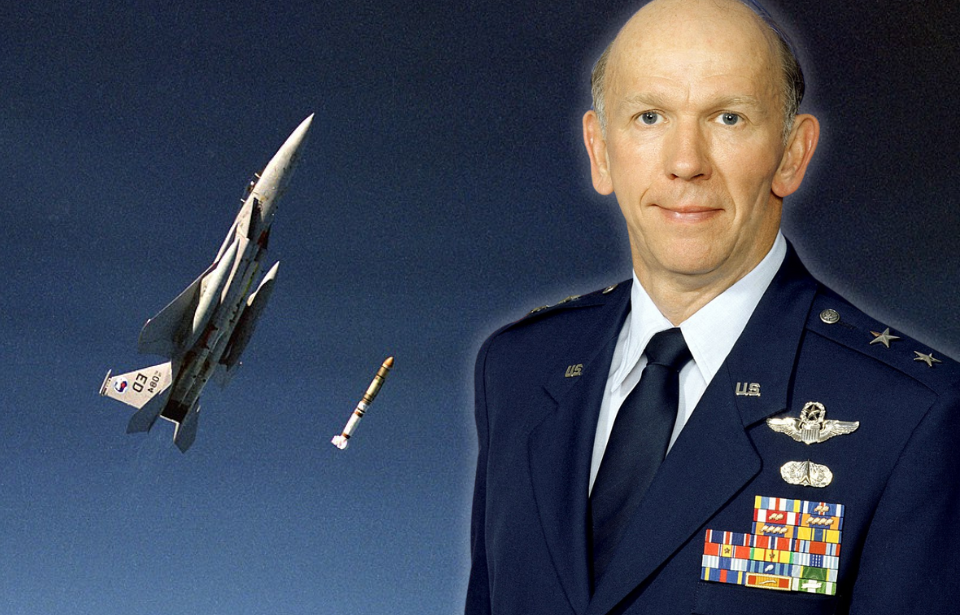The Space Race created fears of nuclear-armed satellites
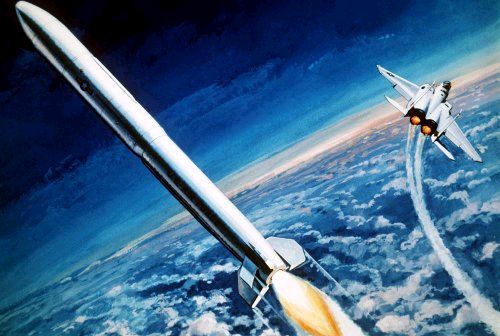
During the Space Race, the Soviet Union developed a robust program capable of placing very small reconnaissance satellites into orbit, to keep track of the whereabouts of US military forces. Despite America being ahead of the Soviets in terms of defense, the country’s government was intimidated by these small satellites, as they nearly completely destroyed the element of surprise when it came to military attacks.
Fears that the Soviet Union would soon place nuclear-armed satellites into orbit caused the US government to begin its own program targeted at destroying Soviet satellites. These fears arose as early as the launch of Sputnik 1 in October 1957, but it would take several decades before an adequate plan was put in place, though many attempts were made.
The need for an anti-satellite (ASAT) weapons program
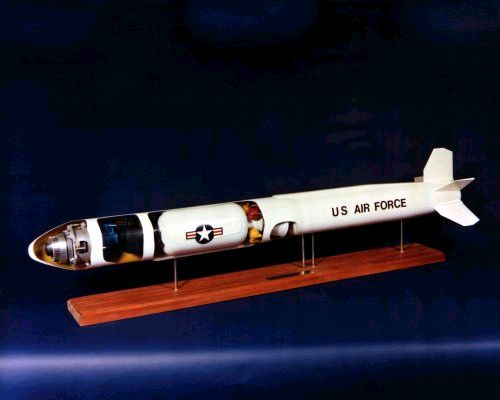
The US began the Anti-Satellite (ASAT) Mission Development and Test Program as a means to counter potential Soviet nuclear-armed satellites. The Soviet Union shared this fear, but more so because its government believed America might win the arms race. Thus both nations began developing their programs at the same time.
As this was the Space Race, the ASAT program needed to be developed relatively quickly. “Our program was challenged to develop a dynamic weapon system that could respond rapidly, accurately, and with flexible targeting capability. That led us to an air-launched weapon,” recalled Wilbert Pearson, who later scored the world’s first air-to-space kill.
Development of the program began in 1982 and the test flight took place three years later, in 1985.
Details of Wilbert Pearson’s historic flight
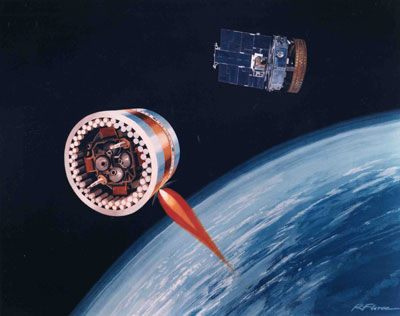
Wilbert Pearson accomplished the historic flight, earning him the title of “ace.” Piloting the McDonnell Douglas F-15A Celestial Eagle, he embarked on the mission to test the ASM-135 ASAT. Starting from Edwards Air Force Base, California, Pearson set course towards the satellite designated for elimination: P78-1, AKA Solwind.
The P78-1 (Solwind) satellite had been launched on February 24, 1979. After several years in orbit, its batteries were running low. By the time of Pearson’s historic flight, the satellite was scheduled to be terminated and chosen as the target for the ASAT test.
The benefits of the McDonnell Douglas F-15A Eagle
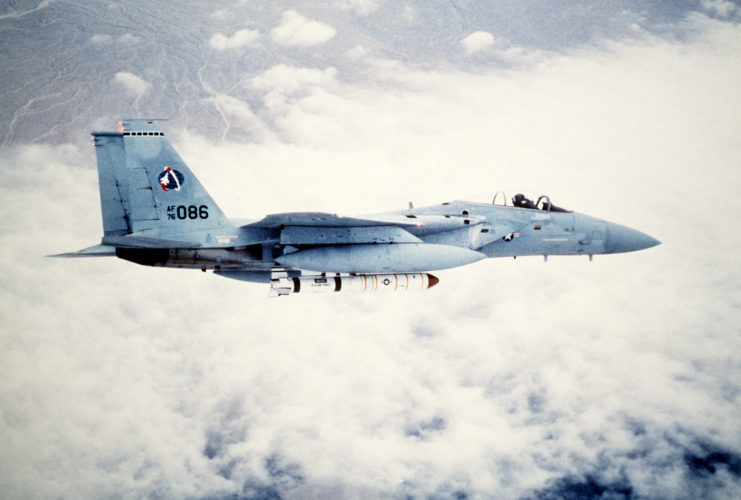
Choosing the right aircraft was critical for this time-sensitive mission. It ultimately came down to the F-15 Eagle. “The F-15 was a real racehorse,” explained Pearson. “We could fly supersonic and we could maneuver it to be in the right kind of a climb, and we could integrate all the required systems into the airplane to communicate with the missile. It could physically hold the ASAT weapon. It was a very large missile so it needed a big enough airplane.”
He further explained how “an F-16 didn’t have the ground clearance; you couldn’t put the missile on the centerline of the airplane and take off with it without hitting the ground. We could take operational F-15A airplanes and with fairly minimal modifications turn those into ASAT-killer airplanes.”
Wilbert Pearson makes the hit
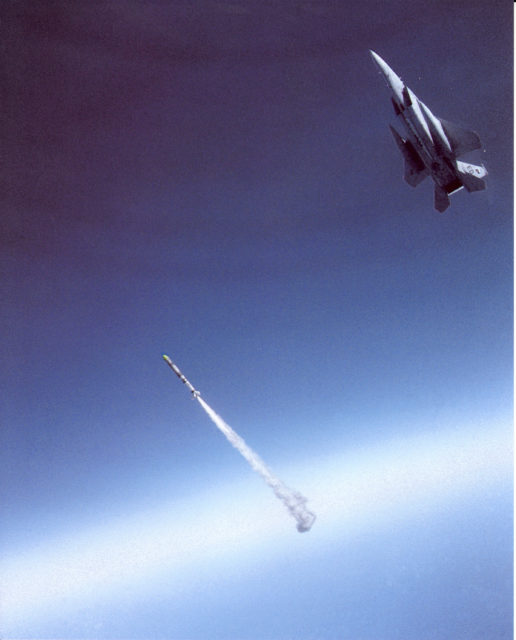
Following takeoff, Wilbert Pearson spent three hours ascending to an altitude of 30,000 feet. He then engaged the afterburners of his F-15A Eagle and accelerated to Mach 1.3, pulling the aircraft into a 60-degree climb. He then decelerated to Mach .96 as the countdown to the missile launch commenced. He pressed the “pickle button” once the countdown was finished and launched the ASM-135 ASAT toward the P78-1 (Solwind) satellite.
Reflecting on the moment, Pearson described how “it was just a beautiful sight to see the missile suspended there and the flame come out of the rocket motor. And then it took off like a bandit.” Unfortunately, he couldn’t see or know for himself if the missile had reached its target. Instead, he had established a predetermined code with a control room operator to confirm whether the test was successful or not.
Upon contacting the control room, Pearson didn’t need the code to know the missile had hit. When the mic turned on all he could hear was screaming and hollering on the other end of the line, telling him that the test was success. For the first time ever, a satellite had been shot out of space by an aircraft.
The ASAT program ends
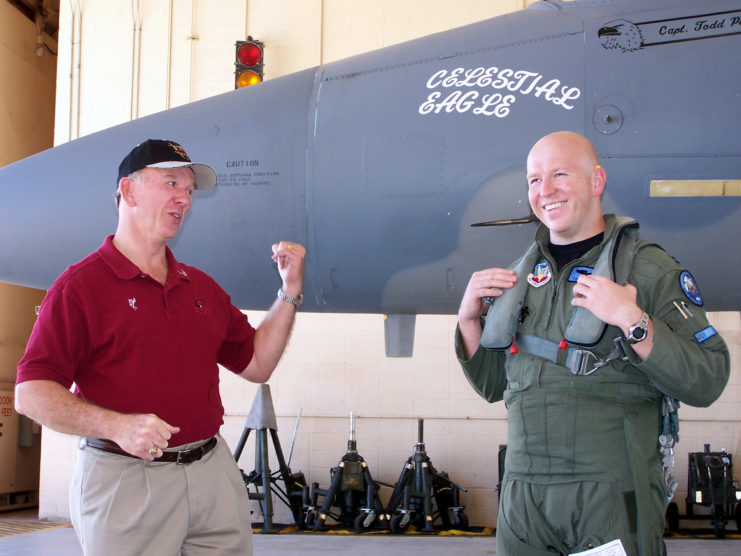
The successful test had a big impact. The Soviet Union perceived it as evidence of America’s capability to target and obliterate satellites in orbit. However, they were unaware of the effort and dedication that had gone into the program. For the Soviets, it probably appeared to be a simple task for the US Air Force.
New! Want to become a trivia master? Sign up for our War History Fact of the Day newsletter!
More from us: North American X-15: The Fastest Manned Rocket Aircraft Ever Developed
